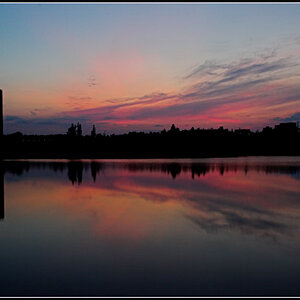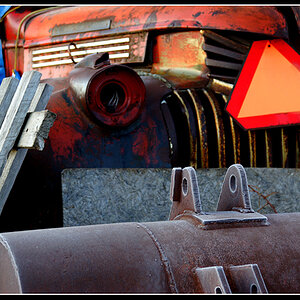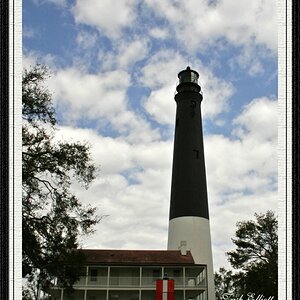Netskimmer
No longer a newbie, moving up!
- Joined
- Jul 23, 2009
- Messages
- 1,392
- Reaction score
- 229
- Location
- North Carolina
- Can others edit my Photos
- Photos OK to edit
I'm trying to research flashes but I can't nail down the GN #'s. I know there is much more to a flash than just the GN number but it is an important factor so I would like to at least like to be able to compare them reliably. I can compare Nissin and Vivitar because they give their numbers at 105mm and 100 ISO but Nikon gives the sb-700 and sb-900 at 35mm and when I try to search for their numbers at 105 and get different numbers from different places and none of them make sense. The Nissins and Vivitar I looked at are between 140 and 200 at 105mm and the SB-900 and 700 are between 28 and 50 at 105mm (as far as I can tell) are they really that much less powerful? I know that GN numbers are approximate and manufactures smudge their specs but that is a big difference in power. I am assuming that I'm just reading the figures wrong, could someone clear the waters up a bit for me?



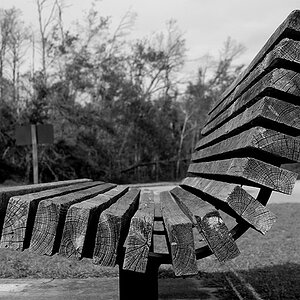
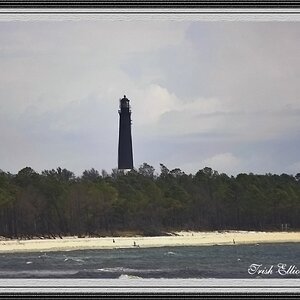
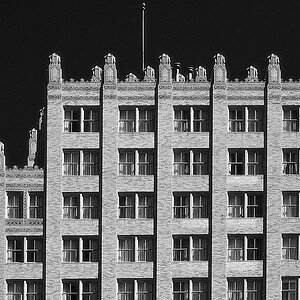

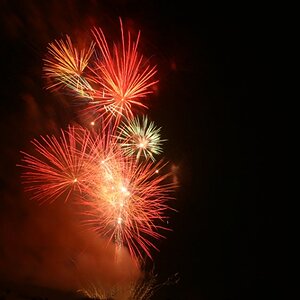
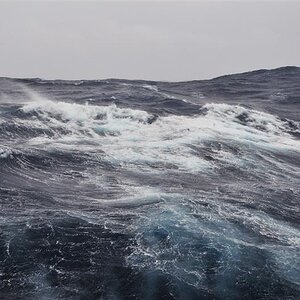
![[No title]](/data/xfmg/thumbnail/40/40287-4f839095000f74d779b90ed75df9dc62.jpg?1619739408)

![[No title]](/data/xfmg/thumbnail/39/39286-ae386da044402acf92e55d8b68c26af3.jpg?1619738956)
